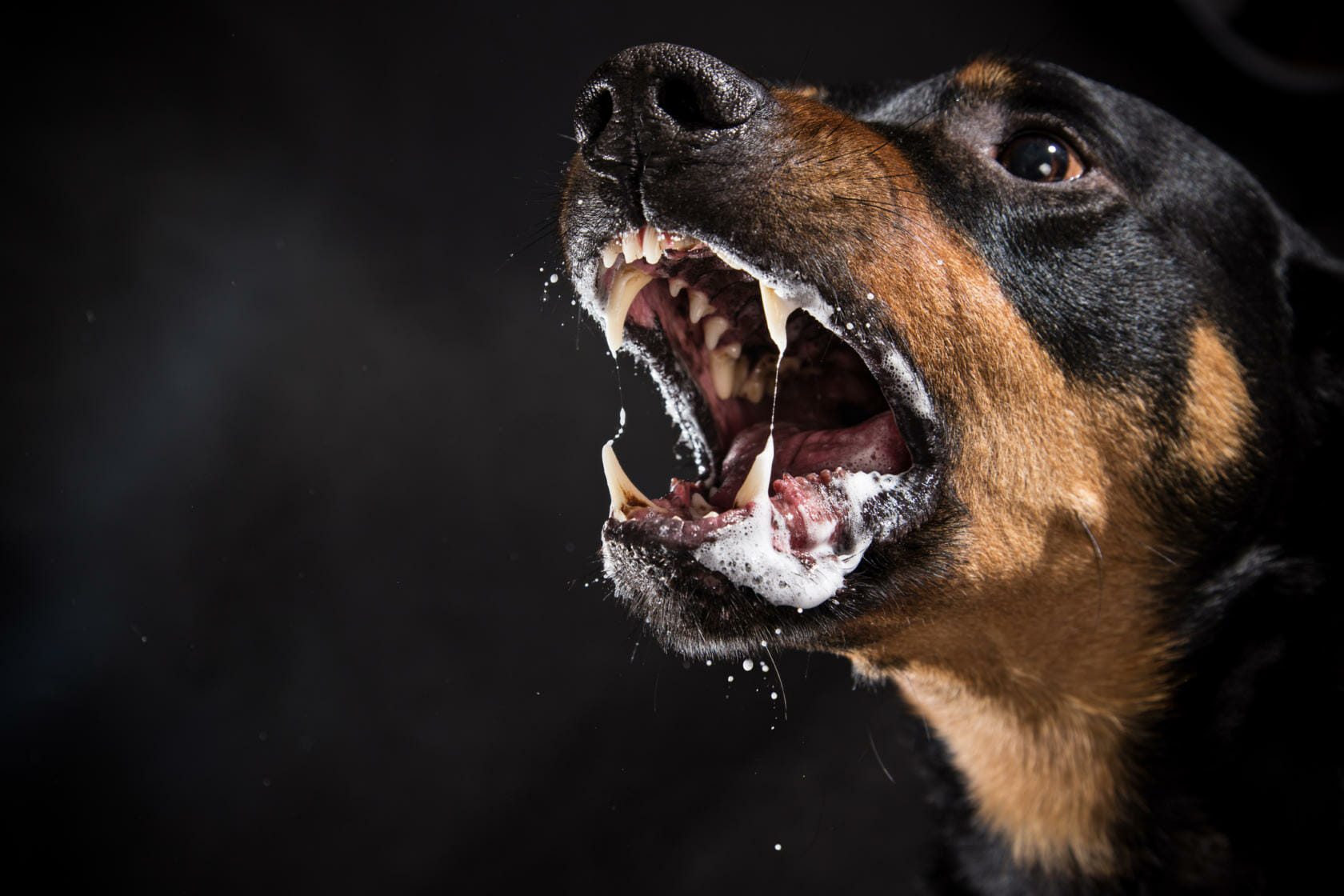Texas Dog Bite Laws

In Texas, dog bites are more common than you think. Texas is ranked #2 in the nation for dog attacks where three Texas cities (Houston, Dallas, and San Antonio) are among the top 9 cities for dog attacks. Each year, thousands of Texans are injured in dog bite incidents—ranging from minor scratches to serious wounds that require medical attention. With so many dog owners and pet lovers across the state, it’s important to understand the legal landscape surrounding dog bites, especially if you’re ever caught in a situation where you or someone you love is attacked.
Whether you’re a dog owner or just someone who enjoys spending time outdoors, knowing Texas dog bite laws is essential for both protecting your rights and understanding your responsibilities. If you’ve been bitten by a dog, or if you’re a dog owner trying to ensure your pet is safe and secure, the law can guide you in navigating the situation.
What Are Texas Dog Bite Laws?
Texas doesn’t have a specific civil liability law for dog bites, but the state’s standards for handling animal attacks were set by the Texas Supreme Court in the Marshall v. Ranne case.
In this decision, the court examined previous rulings involving animals and established that Texas could hold the owner of a dangerous animal liable for damages. This ruling introduced the “one-bite rule” in Texas, meaning that an owner could be held responsible for injuries or damages caused by a dog known to be dangerous or that has shown a tendency to be dangerous.
If the dog has never bitten anyone before, the owner may not be held liable–the dog essentially gets one “free bite.”
However, the one-bite rule doesn’t provide protection against negligence. To win a negligence-based dog bite case, the victim must prove the following:
- The dog owner had a duty of care
- The dog owner breached that duty
- The victim’s injury was directly caused by the owner’s breach
- The owner was aware that their breach could lead to harm.
Examples of negligence could include allowing a dog to roam off-leash or violating other animal control laws.
Role of Dog Owners in Liability
When it comes to dog bites and liability, there are several factors to consider. Liability can fall on various parties, including dog owners, landlords, or property owners, depending on the situation.
Generally, dog owners can be held responsible for injuries caused by their dogs, particularly if the dog has a history of aggression or the owner is negligent in controlling or restraining the dog. Liability for dog bites can stem from:
- Negligence: if an owner failed to properly control or supervise their dog, they may be found negligent.
- Strict liability: in some jurisdictions, dog owners can be held strictly liable for any injury caused by their dog, even if the dog has never shown aggressive behavior before.
- Knowledge of aggression: if the owner knew or should have known that their dog was dangerous (prior history of biting), they can be held liable for any injuries the dog causes.
Liability for Landlords or Property Owners
Landlords or property owners can be held liable in certain situations, particularly when they fail to take reasonable steps to prevent harm. Some scenarios where liability might arise include:
- If a landlord knows that a tenant has a dangerous dog and does nothing to prevent harm, the landlord could be held responsible. This may apply even if the landlord is not the direct owner of the dog.
- If a landlord’s property has conditions that encourage dog attacks (such as broken fences, inadequate security, etc.), they could be held liable if a dog attacks someone on the premises.
Situations Where a Dog Bite May Not Result in Liability
There are several defenses that could prevent a dog bite from leading to liability:
- Provocation
- Trespassing
- Assumption of risk – if the victim knew about the potential risk of a dog bite and voluntarily interacted with the dog, they may not be able to sue for damages.
Steps to Take Immediately After a Dog Bite Incident
If you’ve been involved in a dog bite incident, it’s important to take specific steps to ensure your health and safety, as well as to preserve evidence in case you need to pursue legal action.
Get immediate care even if the bite seems minor, it’s important to seek medical attention as soon as possible. Dog bites can lead to infections, rabies, and other complications, so a medical professional should assess the wound.
Clean the wound while waiting for medical attention, if possible, wash the wound with soap and clean water to reduce the risk of infection. Apply an antiseptic and cover it with a sterile bandage. Make sure to document the injury and record the date, time, and location of the bite, as well as any symptoms. You may also want to keep track of any medical treatments you receive.
In most cases, you should report the bite to local animal control or law enforcement. This is especially important if the dog has shown aggressive behavior before or if it is a stray. Authorities can investigate the situation and assess whether the dog poses a risk to others.
Ask for a copy of the report or the incident number for your records. This documentation can be useful in any legal actions that follow.
How to Document Evidence for Legal Purposes
Properly documenting the incident and gathering evidence can play a crucial role if you decide to pursue a personal injury claim.
Take detailed photos of the wound immediately after the bite and then follow up with photos as the injury heals (or worsens). This helps establish the severity of the injury. If there’s any swelling, bruising, or other visible symptoms, be sure to photograph them as well. If possible, take pictures of the location where the bite occurred.
If there were any witnesses to the dog bite, get their names and contact information. Witness statements can confirm your version of the story. Ask witnesses what they saw, including how the dog acted before the bite, how the bite occurred, and how the owner responded. Make sure to record their statements.
If the dog has an owner, get their name, contact information, and any relevant insurance information. If possible, get the breed and vaccination status of the dog. If the dog has a history of aggression, this information can be crucial.
Keep all records from your medical provider. This includes doctor visits, prescriptions, treatments, and follow-ups. Be sure to retain all medical bills, including any co-pays or out-of-pocket expenses, as these can be important for any compensation or insurance claims.
Compensation For Dog Bite Victims in Texas
If you have been bitten by a dog, call Thomas J. Henry Law immediately. We can review the facts of your case and help you determine how much you can sue for a dog bite. We can also help you build your case in a way that accurately demonstrates all of the damages you have suffered. This means you are more likely to recover maximum compensation for your dog bite injuries and expenses.
Since dog bites laws can vary and involve specific deadlines, such as the statute of limitations, having a skilled lawyer on your side will give you the best chance of achieving a positive outcome. Don’t wait—consulting with an attorney early can make all the difference in protecting your rights.
Blog










